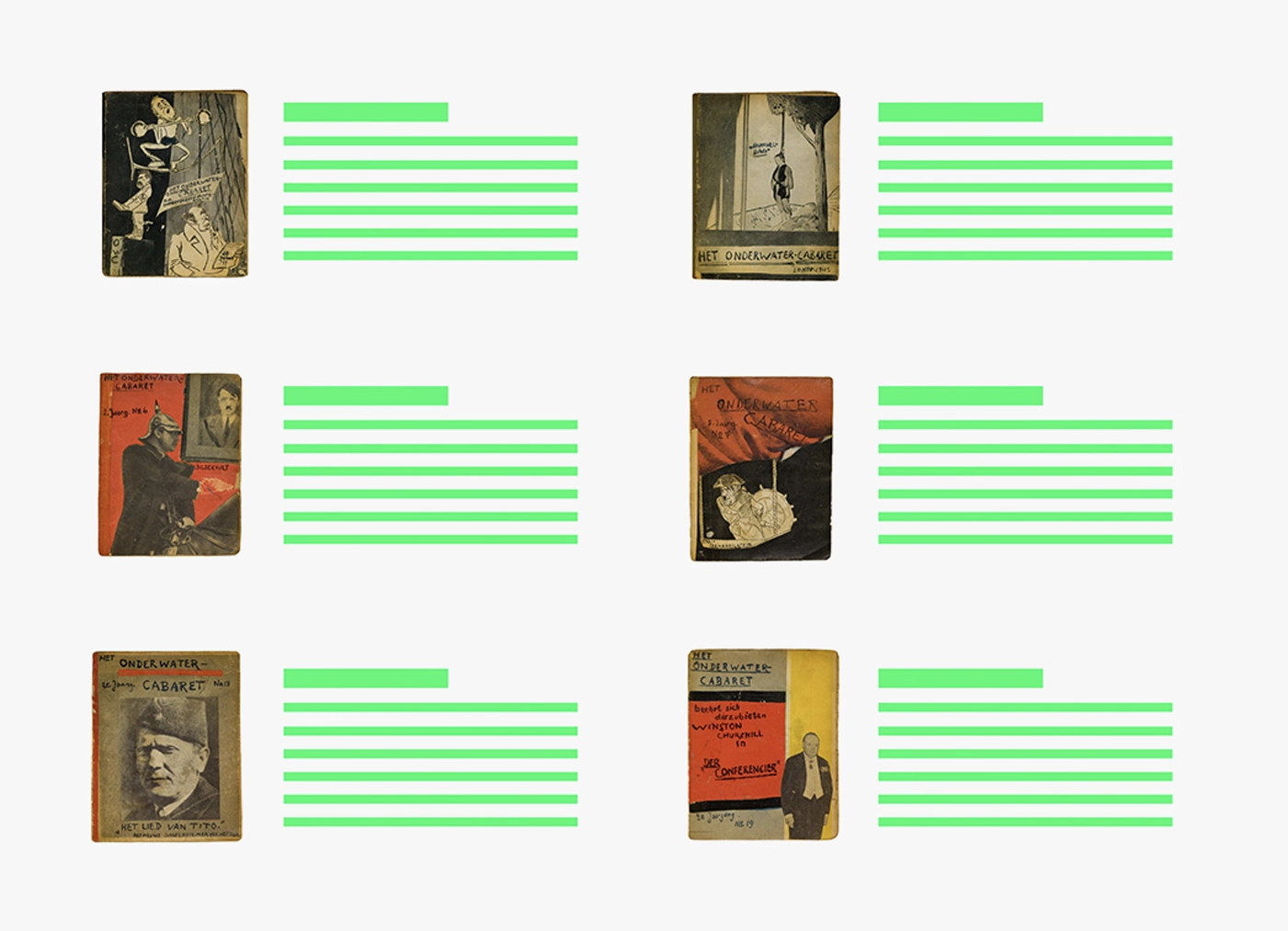


January 13, 1945
Introduction to the content
Bloch’s first poem in this issue, The Christmas Offensive, revels in the muted hopes of the Germans, who — under Hitler’s leadership now suffer defeat after defeat, with their army retreating from the allies on all sides. Somehow, though the propagandists call the retreat an offensive. There’s been no news of Hitler since the failed assassination attempt and it seems the end of fascism can’t be far away. “This winter offensive will probably be Germany’s last.”
In the eponymous poem Ahasver, Curt Bloch speaks from the point of view of a Jewish scapegoat invented by the Germans in the 1600s. According to this tale, the Jew Ahasver mocked Christ on the way to the crucifixion and God cursed him to wander the earth until the Second Coming. Yet he wants to endure his hardships and dangers, refusing to be broken, hopes to witness a turning of fate, when the warmongers are punished, and he, the Jew, is free.
The poem Dark Days portrays the long bleak nights of the cold winter, when there’s no fuel for the street lamps in the Netherlands. People are already plagued by general hardship: “Joy, food, clothing, coal / have disappeared and been stolen.” Curt Bloch hopes that this darkness will be illuminated when the oppressors must yield and the light of freedom will shine.
There used to be more museums and art galleries where magnificent paintings could be admired. To protect the masterpieces from bombs, German museums no longer display them, instead they’re stored in air-raid shelters. Now the walls are bare, and artistic interests are buried. Bloch predicts that some paintings will be confiscated by the victorious powers to pay for the damage the painter Adolf Hitler has caused. (Indeed, as a young man, Hitler painted landscapes, still lifes, and religious motifs. However, he was rejected from the Vienna Art Academy.)